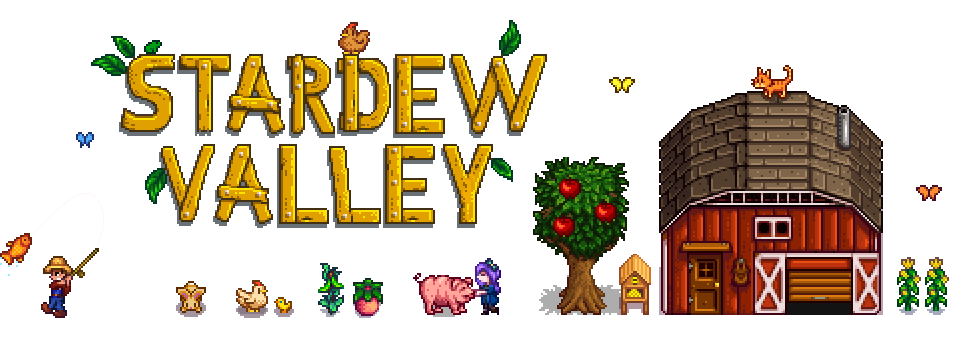Stardew Valley Preserves Jar Wont Give Me the Product Continuously Works

Source: https://community.playstarbound.com/threads/kegs-vs-preserve-jars.112934/

Source: https://community.playstarbound.com/threads/kegs-vs-preserve-jars.112934/
0 Response to "Stardew Valley Preserves Jar Wont Give Me the Product Continuously Works"
Post a Comment